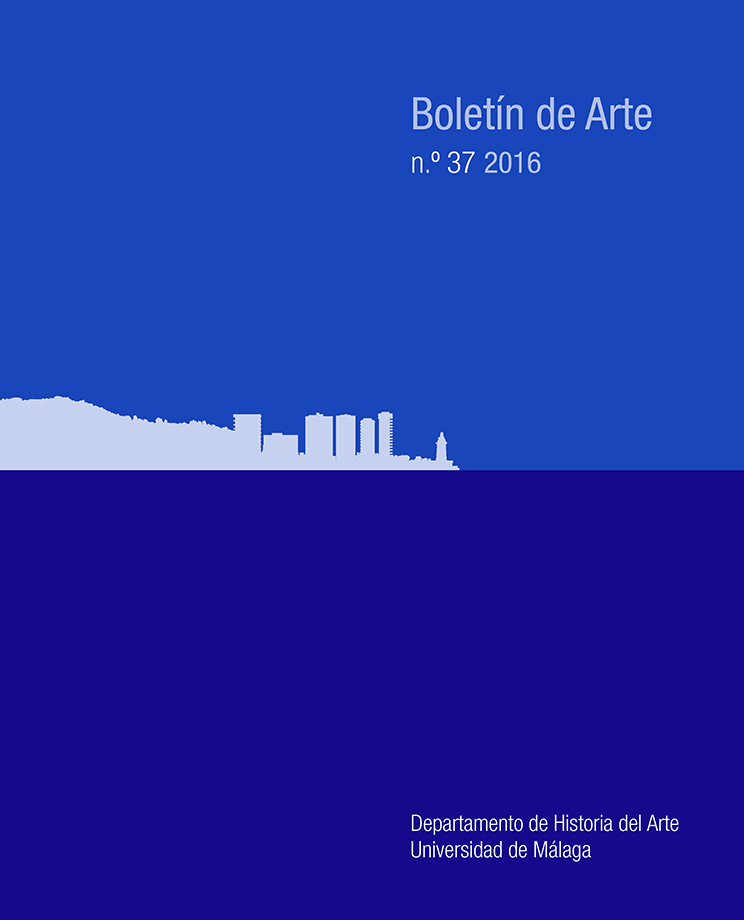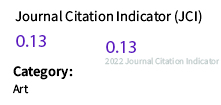The ballet of Parade and its significations in cubism aesthetic of the Galerie l’effort moderne.
DOI:
https://doi.org/10.24310/BoLArte.2016.v0i37.3269Abstract
After the outbreak of the First World War, the artists seem to step away from the cubist aesthetic toward a classicist style which better reflected the socio-political situation at the time. However, Léonce Rosenberg gathers a series of cubist artists around a new gallery, L’Effort Moderne, which is not yet acknowledged by the general public, nor by the art critics. In this context and independently from Rosenberg’s gallery, Picasso presents his last work: the set designs for Parade made for the Russian ballet impresario Serge Diaghliev and with a decided cubist aesthetic that will unintentionally benefit Rosenberg’s propaganda for the opening of his gallery.Downloads
Metrics
Downloads
Published
How to Cite
Issue
Section
License
Todos los contenidos publicados en la revista Boletín de Arte están sujetos a la licencia Creative Commons Reconocimento-NoComercia-Compartirigual 4.0 cuyo texto completo puede consultar en <http://creativecommons.org/licenses/by-nc-sa/4.0>

Los/as autores/as cuyas contribuciones sean aceptadas para su publicación en esta revista conservarán el derecho no exclusivo de utilizar sus contribuciones con fines académicos, de investigación y educativos, incluyendo el auto-archivo o depósito en repositorios de acceso abierto de cualquier tipo.
La edición electrónica de esta revista esta editada por la Editorial de la Universidad de Málaga (UmaEditorial), siendo necesario citar la procedencia en cualquier reproducción parcial o total.











4.png)
